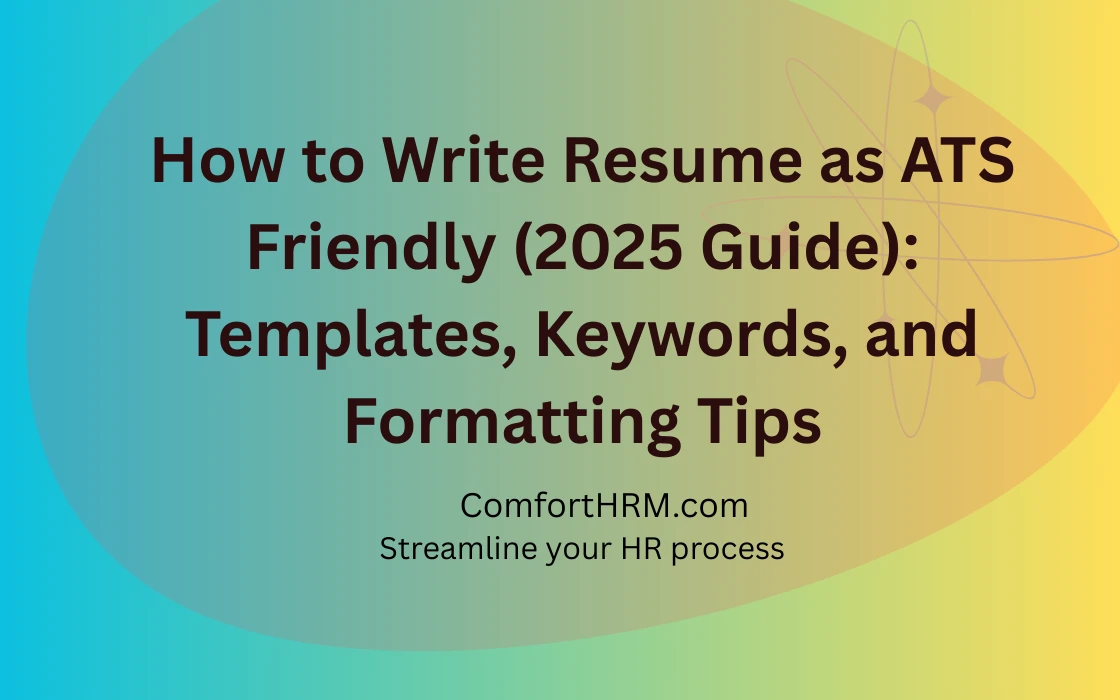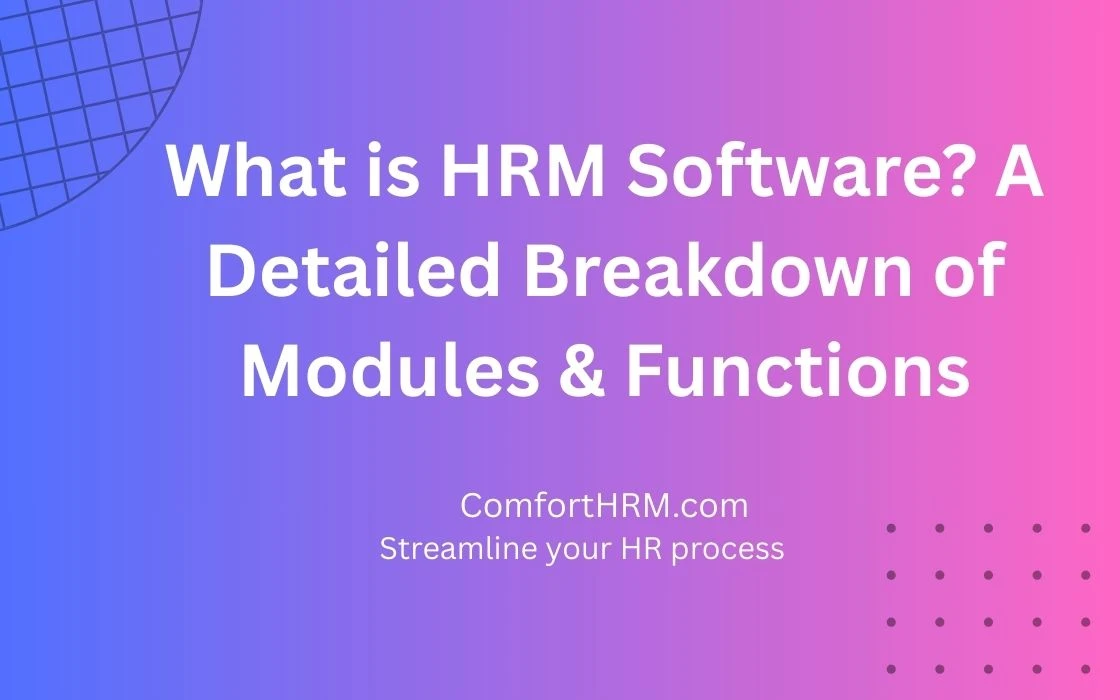What is HRM Software?
Human Resource Management (HRM) software is a digital platform designed to automate and streamline HR processes, replacing manual paperwork with centralized, data-driven solutions. It encompasses modules for recruitment, payroll, attendance, performance tracking, and employee engagement—all integrated into a single system. Modern HRM tools leverage AI and cloud technology to enhance efficiency, ensure compliance, and provide actionable workforce insights, transforming HR from an administrative function into a strategic business partner.
Why is HRM Software Necessary?
In today’s dynamic workplace, HRM software is no longer optional but a critical investment for businesses of all sizes. It eliminates human error in payroll, reduces time spent on repetitive tasks (like leave approvals), and ensures compliance with labor laws. For growing companies, it scales seamlessly to manage remote teams, multilevel approvals, and real-time analytics. Beyond efficiency, it boosts employee experience through self-service portals and transparent performance tools, directly impacting retention and productivity. In essence, HRM software turns chaotic HR workflows into a competitive advantage.
Human Resource Management (HRM) Software Key Modules
1. Core HR Management
The foundation of any HRM system that maintains centralized employee data and organizational structure.
Employee Database
Stores comprehensive employee profiles including personal details, employment history, contact information, and emergency contacts. Enables quick access to employee records with search and filtering capabilities.
Organization Structure
Visual representation of departments, teams, and reporting hierarchies. Allows drag-and-drop restructuring and displays matrix reporting relationships.
Employee Self-Service (ESS)
Portal where employees can update personal information, view pay stubs, request time off, and access company documents without HR intervention.
2. Recruitment & Applicant Tracking (ATS)
Streamlines the hiring process from job posting to onboarding.
Job Posting Management
Distributes openings to multiple job boards, career sites, and social media platforms with a single submission. Tracks source effectiveness for recruitment marketing. For creating a job site or job posting and job management inside WordPress dashboard Comfort Job plugin can be perfect solution for small or mid-size company.
Candidate Screening
AI-powered resume parsing extracts key qualifications and scores applicants. Customizable questionnaires filter candidates based on role requirements. Comfort Resume plugin for WordPress can help to create a resume management website or resume manager inside WordPress. For candidate screening or application tracking Comfort Job Application plugin can be life save.
Onboarding Workflows
Automated checklist for new hires including document collection, equipment requests, and training assignments. Integrates with e-signature solutions for digital paperwork.
3. Time & Attendance
Manages workforce scheduling and tracks employee hours.
Time Tracking
Multiple clock-in methods including biometric, mobile GPS, and web clocking. Geofencing ensures employees check in from authorized locations.
Leave Management
Automated accrual calculations with customizable leave policies. Manager dashboards show team availability and color-coded approval workflows.
Scheduling
Drag-and-drop shift planning with conflict detection. Employees can swap shifts subject to manager approval. Integrates with labor forecasting.
4. Payroll Processing
Automates compensation calculations and ensures compliance.
Salary Processing
Handles complex pay structures including hourly, salaried, and commission-based employees. Automates tax withholdings, benefits deductions, and garnishments.
Tax Compliance
Auto-updates tax tables and generates required filings (W-2s, 1099s). Multi-state and international payroll capabilities for distributed workforces.
Payroll Reporting
Customizable reports on labor costs, department budgets, and tax liabilities. Audit trails track all payroll changes for compliance purposes.
5. Performance Management
Aligns employee goals with organizational objectives.
Goal Setting
Cascading OKRs (Objectives and Key Results) link individual goals to team and company targets. Progress tracking with visual indicators.
360° Reviews
Collects feedback from peers, subordinates, and managers. Customizable evaluation forms with competency-based rating scales.
Development Planning
Identifies skill gaps and recommends training programs. Career pathing tools show potential progression routes within the organization.
Integration Capabilities
Modern HRM systems connect with other business applications:
- Financial Systems: QuickBooks, SAP, Oracle for accounting sync
- Collaboration Tools: Microsoft Teams, Slack for notifications
- ERP Systems: Workday, Netsuite for unified data
- Recruitment Platforms: LinkedIn, Indeed for candidate sourcing




